Today's writings are about the Native American tribes of central and southern Arizona. O'Odhams have three branches of tribes. The Akimel or 'River People', occupy the Gila River Indian Community (south of Phoeniz). Tohono or 'Desert People', also known as Papago. Occupy the Tohono O'Odham Nation, west of Tucson. The and Ak-Chin or 'Place where wash loses itself'. Occupy the Ak-Chin Indian Community, south of Phoenix also. The other tribes are the Maricopa and the Pima. Which occupy the Salt River Pima-Maricopa Indian Community, east of Scottsdale.
The Ak-Chin and Akimel O'Odham tribes lived and farmed along the Gila River. They used ancient canals left behind by the Hohokam. Odd thing about the Hohokam is there name. It means 'Vanished Ones'. (I'll get into the Hohokams in a later blog.) They grew crops of corn, squash, pumpkin, kidney bean, tobacco, and cotton. Later they grew wheat and alfalfa, which seeds came with the Spaniards. There were also fisherman and hunters of small game, such as rabbit. Which they used group hunting methods. The women and children would scare the rabbits out of the bushes. While the men club the fleeing rabbits. There language was Uto-Aztecan. As you can see the Meso-American connection.
The Pima and the Maricopa lived along the Salt River. Which runs through the central deserts of Arizona. The Maricopa came along in the 1700s. The left there home land in the area of Yuma Arizona and headed north. They grew tired of the constant raids from the Yuma Indians. The Pima and Maricopa were also farmers, hunters and gathers. Growing the same crops as there neighbors to the south. They used the same canal system left behind by the Hohokam. Only theses canals were along the Salt River, instead of the Gila River.
All the central Arizona tribes gathered food item. Such as the saguaro and prickly-pear fruits. Seeds from the mesquite trees. That could be made into a flour type substance. There clothing was made from cotton for the men and women. Sandals were made from hides and cotton. Blankets were a combination of rabbit skin and cotton. The men wove cotton on a horizontal loom.
The tribes of central Arizona were no different from other tribes of the Americas. They all had some sort of government. The Akimel even had a type of congress. Where each division of the tribe would elect there representative. To meet with other tribal leaders. To make plans for the collective group. You see this in other America tribes. Like all tribes of the Americas. The tribes of central Arizona had Shamans. Who would be the ceremonial leaders. The Akimel ceremonial leader was know as, ' Keeper of the Smoke'. (You can see the connection to the Mayan or Quiche People's 'Keeper of the Mat'.) And there most powerful "God" was named, 'Earth Maker and Elder brother'. You can see the maze pattern in most Native America symbols. And the Tribes of central Arizona where no different. The maze pattern represent mankind's journey through life.
The tribes of central Arizona were a passive farming communities. Except when confronted with the raiding Apache tribes. Then they rose up as fearless fighters. But there greatest enemy would be the Catholic Spaniard missionaries. Among them to visit was, Father Marco de Niza (1589) and Father Eusebio Kino from 1694 to 1698. A third Catholic missionary was father Francisco Garces from 1768 to 1776.
The Catholic missionaries demand that part of the tribes crops. Be taken, as sort of a tax. The Catholic built forts, ranches and mines. They also forced the locals into slave labor. In 1695 the local tribes revolted against the Catholic missionaries. They looted and burned Spanish property. Much like the Pueblo Rebellion of New Mexico. The Spanish soldiers were brought in to quell the rebellion. Again in 1751 the decedents of the rebels revolted. They were lead by a Spaniard by the name of Luis Oacpicagigua. He was tired of seeing the way the tribal members were treated. This rebellions was also squashed by Spanish soldiers. And the tribal members leader Luis Oacpicagigua. Struck a deal with the Spaniards to save his own life.
In 1853 the territory was purchased by America from the Mexican government. This was called the 'Gadsden Purchase'. And the Native Americans were spared further punishment by the Catholic missionaries. The European settlers soon moved into the territory. And settled along the Gila and Salt rivers. Removing the tribal members from the best land and canals. In 1859 a reservation was established on the Gila River. Then in 1879 a reservation was established on the Salt River.
Today the tribes along the Gila and Salt Rivers have. Casinos, leased land for development, rock and sand gravel pits, etc. (One final note) The most famous Native American from this area of Arizona was. Ira Hayes who was one of six men. Who raised the American flag on Iwo Jima in 1945. Fame brought many problems too Ira Hayes and he died. Some stories say he died in a ditch near the town of Chandler. He was over come with alcohol posioning.
"God" bless bye
Subscribe to:
Post Comments (Atom)
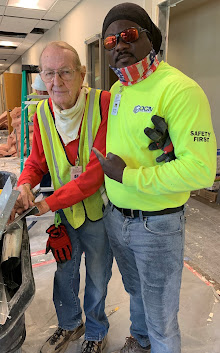












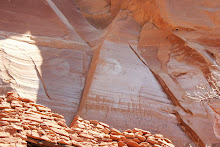
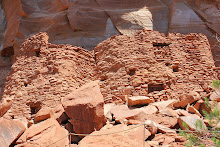













































































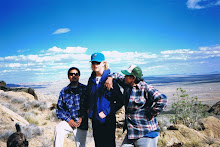
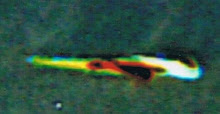
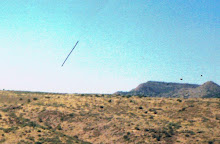

+Lonnie+001.jpg)
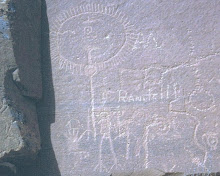
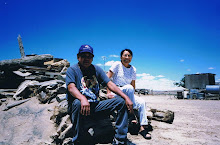
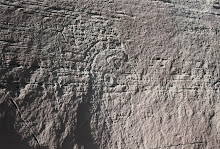
No comments:
Post a Comment